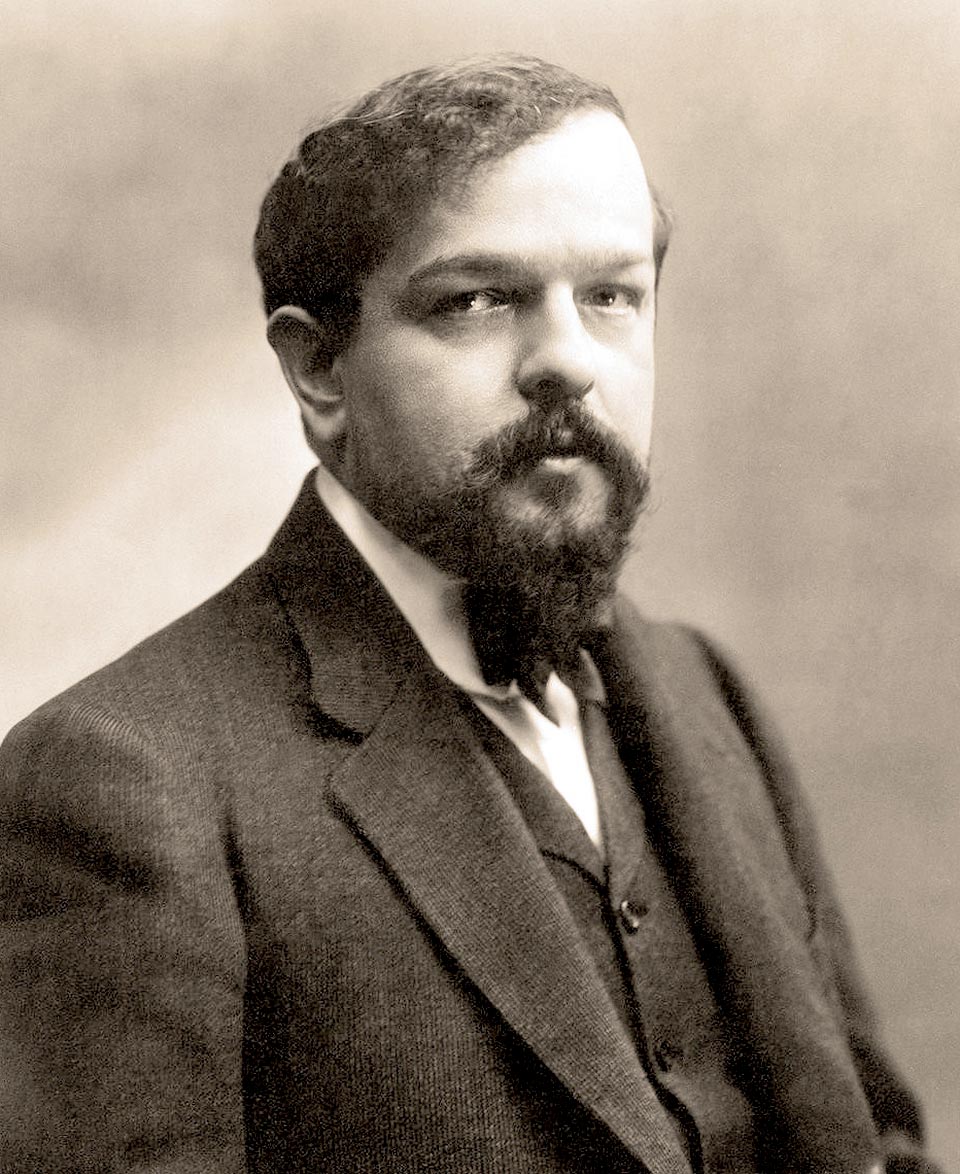
Last night, I was reading an article about the Hungarian composer György Ligeti in which the writer stated that Ligeti “broke the rules” with his music. I know what he means, but it’s a misleading statement because there are no rules in music. There are conventions, but not rules. If there were “rules” all music would sound much the same and obviously, it doesn’t.
Have you ever wondered why music sounds different? Why does the music of Haydn sound different to that of Hindemith, or why does Mozart’s music sound different that of Mahler? Well, there are many reasons, most of them of a technical nature involving advanced musical theory. One could write a book on the subject, and indeed several have already been written. Anyone with wide musical experience can usually identify a composer’s style even if they’ve not heard the work before. Much the same thing occurs in literature or the visual arts. You could recognise one of Marc Rothko’s Seagram paintings at two hundred yards. Paintings by Caravaggio, Tanguy, Dali, Turner and Mondrian are relatively easy to spot once you understand their style, content, technique and visual language. Today, the music of Debussy has become so familiar in the concert hall that most classical music enthusiasts could recognize it within seconds.
Claude Debussy (1862-1918): Prélude à l’après-midi d’un faune. Frankfurt Radio Symphony cond. Alain Altinoglu, (Duration: 11.27; Video: 2160p 4K HD)
The enigmatic title translates as Prelude to the Afternoon of a Faun. Within moments of the opening, the composer’s individual sound-world becomes recognizable. The work was inspired by the poem of the same name by Stéphane Mallarmé. And in case you’d forgotten (or possibly never knew) a faun is a lazy, pleasure-loving half-goat, half-human creature from Roman mythology. In some classical paintings, they are often shown playing a flute. Apparently, they do little else. The dreamy, atmospheric music creates the mood of a dreamy, mythical unreal world. There’s a pervading sense of calm and the sensuous music almost sounds improvised, qualities that became part of Debussy’s personal sound-world.
Composed in 1894, this work is considered a turning point in the history of Western classical music. It’s one of the finest examples of musical impressionism, a movement that began during the late 19th century.
György Ligeti (1923- 2006): Lontano. WDR Symphony Orchestra cond. Roderick Cox, conductor (Duration: 10:39; Video: 1080p HD)
The Hungarian composer György Ligeti (jurj LIH-geh-tee) wrote Lontano in 1987. It’s a powerful, brooding work in which the composer takes us by the hand (or, more accurately by the ear) and leads us into his own unique sound-world.
Ligeti’s music is driven by changes in texture more than melody or rhythm. In music, “texture” refers to the “density” or “thickness” of the sound. A light texture is produced by a single instrument or voice, while a dense texture is created by many instruments playing notes close together. Baroque composers used changes of texture as a way of adding contrast. Ligeti went much further and developed what he called a “micro-polyphony” sometimes using incredibly dense textures.
Lontano doesn’t really describe anything in the sense that the Debussy’s La Mer evokes images of the sea. The work begins almost inaudibly with a single A flat on the flute, then gradually other instruments enter, playing the same note, thus increasing the density of the sound. They’re joined by other instruments but then the woodwinds move one by one down to G, thereby creating an increasingly cutting dissonance and denser texture.
Ligeti wrote an explanation (but take a deep breath): “The harmonic crystallization within the area of sonority leads to an intervallic-harmonic thought process…achieved with the aid of polyphonic methods: the fictive harmonies emerge from the complex woven texture and the gradual opacity and new crystallization are the result of discrete alterations in the individual parts”. What he seems to be saying is that that the independent strands of simultaneous melodic lines sometimes combine to produce brief moments of recognizable harmony.
From time to time, a familiar-sounding chord emerges through the dense texture then fades away as quickly as it appeared, tantalizingly out of reach. I have always loved Lontano and find it immensely satisfying. Perhaps at first hearing, it sounds as though the music is happening by chance, but the notation is incredibly detailed and precise and the score contains many specific written instructions. The piece ends with a silent bar which lasts between ten and twenty seconds. It’s an interesting example of silence being part of the musical experience.






